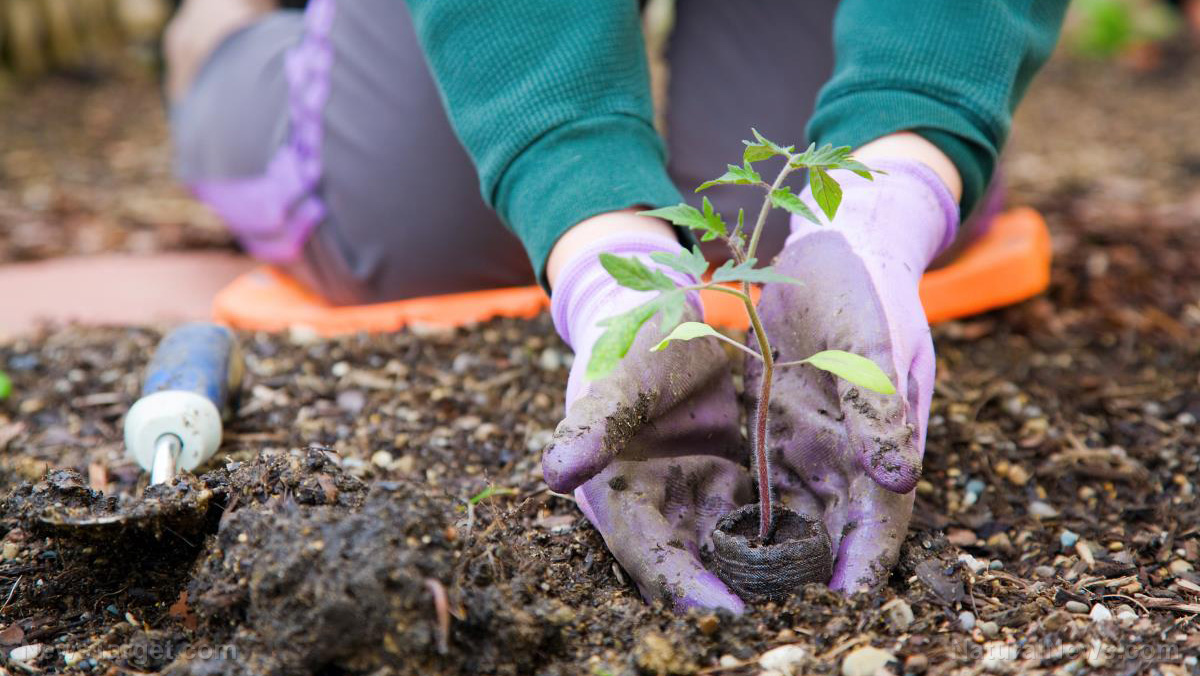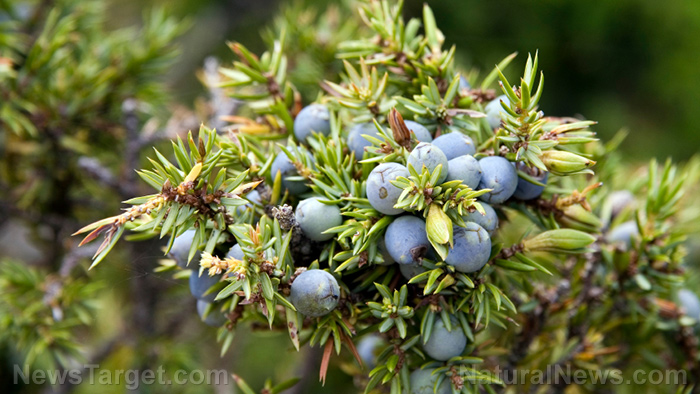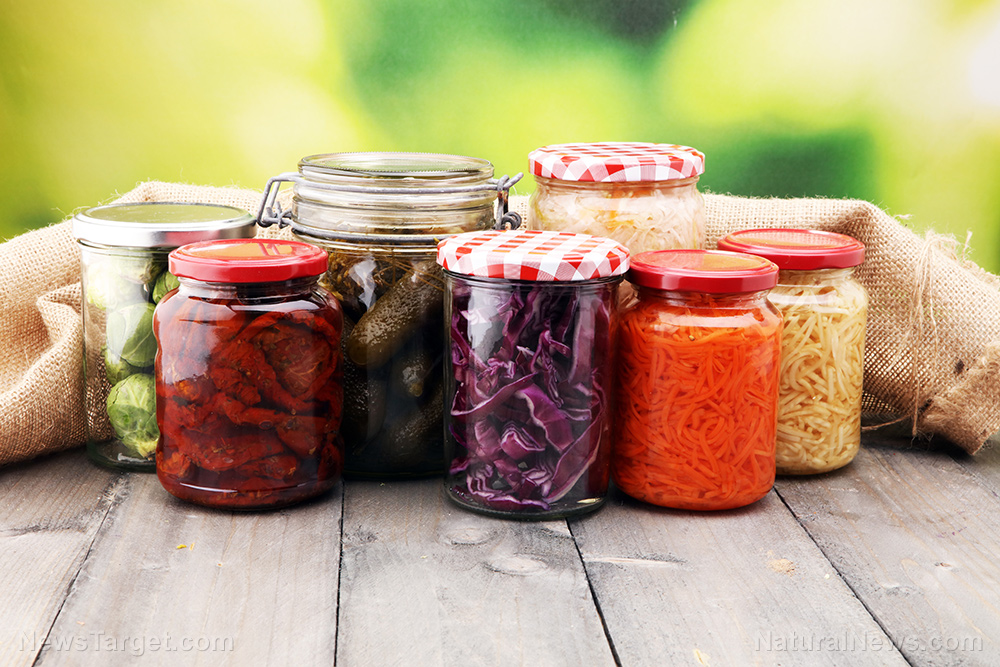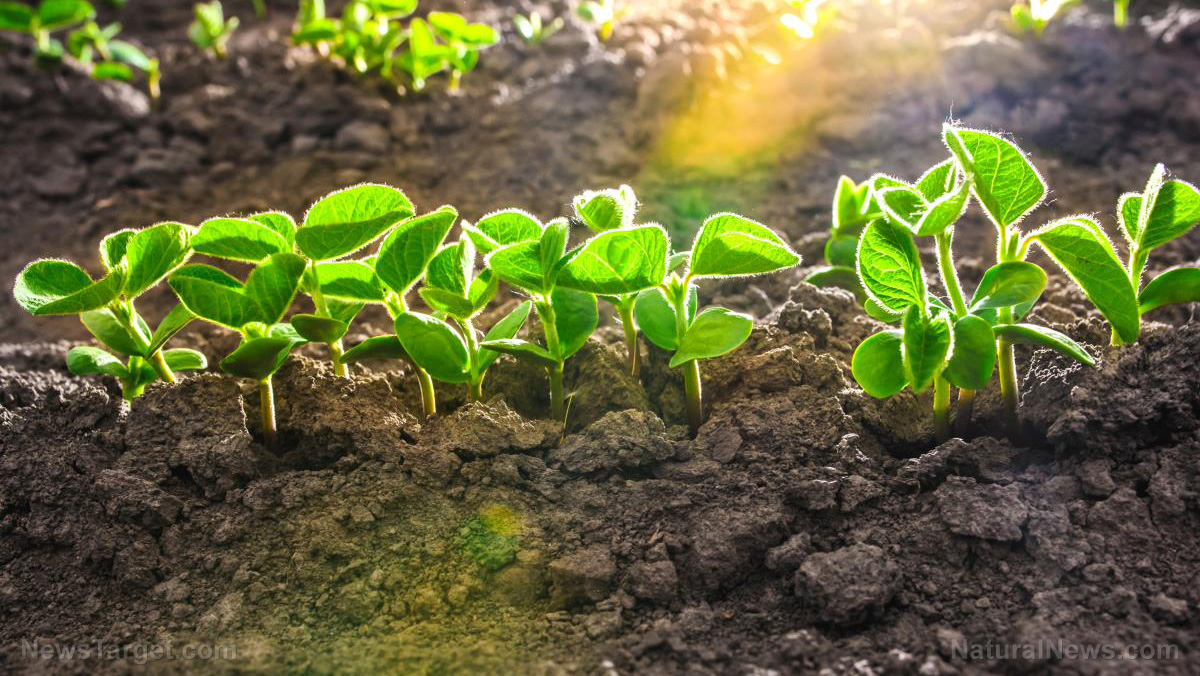A step-by-step guide to growing your own horseradish
12/07/2018 / By Ellaine Castillo

When starting a garden, it’s always difficult to choose what plants to grow. This can get a bit overwhelming since there are so many plants to choose from. One of the easiest plants to grow is horseradish, which can be used not just for culinary purposes but also for medicinal applications.
Horseradish is a popular condiment that is enjoyed by many because of its hot and pungent flavor, which is similar to wasabi. Aside from its unique flavor, it also has many benefits. Some the benefits of horseradish include preventing cancer, reducing oxidative stress, enhancing digestion, reducing inflammation, killing microbes, and promoting hair growth. In order to get the best out of horseradish, it is best to get it fresh and nothing’s better than planting it at home.
The first step in planting anything is choosing an appropriate location. Luckily, horseradish is one of the best starter plants since it can grow anywhere and under any condition. However, it still grows better in some areas over others. Since horseradish is a cold-hardy perennial, it would grow best in regions with a relatively long winter so that the plant can become dormant. Horseradish also loves being exposed to sunlight. It is also important to plant horseradish in an area where it has enough space around it since as a perennial plant, it will continue to live even after one growing season.
Now that the area has been set, it’s time to proceed to the actual planting. There are two varieties of horseradish that are commonly available. The first of these is the common horseradish, which has wide and wrinkly leaves, and the Bohemian horseradish, which has thin, smooth leaves. Both of these are grown from plants or root cuttings, not seeds, since these are hard to find. Horseradish roots can easily be bought from farmers markets, supermarkets, or plant nurseries.
From the entire root, only the bottom half is planted while the upper half is removed and used for culinary purposes. It is recommended to plant horseradish in early spring. When planting the root, a 12-inch deep burrow should be dug up to provide enough space for the root. Some important things to remember are that the topmost portion of the horseradish should be two inches below the soil line and that it should be planted at a 45-degree angle. Compost can also be added to the soil to improve growth of the plant. Once it has already been planted, horseradish doesn’t need much attention, except for a weekly watering session in case it gets too dry.
After a year, the horseradish is now ready for harvest. It can be a bit difficult to dig up the main horseradish root since there would be a lot of side roots present. To make harvesting easier, these side roots can be removed while the main root is being freed. The soil should then be rinsed off before it’s ready for consumption. If it’s not for immediate consumption then the harvested horseradish roots can be stored in a perforated plastic bag inside the refrigerator and it would remain fresh for at least three months.
Planting horseradish is very easy even for beginners and after some time you will get to enjoy the amazing taste and benefits that horseradish has. (Related: Horseradish contains 10x more glucosinolate than broccoli, making it a potent cancer-fighting superfood.)
Learn more about how to plant horseradish and other root crops by visiting HomeGardeningNews.com today.
Sources include:
Tagged Under: food supply, green living, harvest, home garden, home gardening, home planting, homesteading, Horseradish, Plants, sustainable living
RECENT NEWS & ARTICLES
Homesteading.News is a fact-based public education website published by Homesteading News Features, LLC.
All content copyright © 2018 by Homesteading News Features, LLC.
Contact Us with Tips or Corrections
All trademarks, registered trademarks and servicemarks mentioned on this site are the property of their respective owners.




















